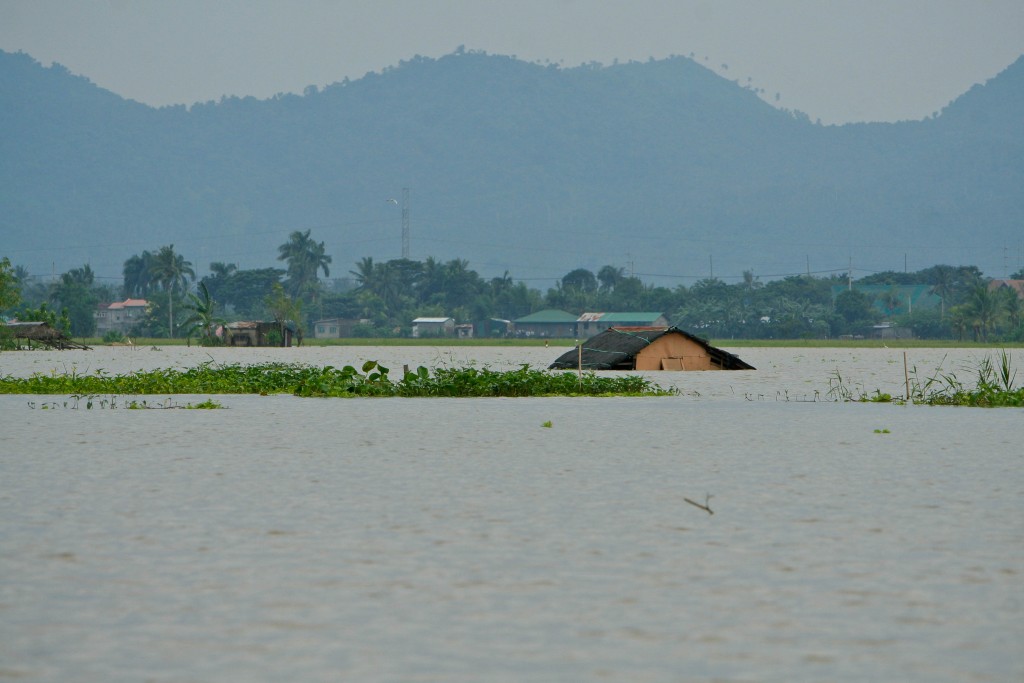The Association of Southeast Asian Nations (ASEAN) started as a cooperation bloc in 1968. Founded by five countries–Thailand, Singapore, Malaysia, Indonesia and the Philippines–ASEAN has since evolved into a regional force which is slowly changing the landscape in global politics.
Five decades later, amid changing geopolitics and dynamics in the region, ASEAN faces a daunting task this year as it gears up for ASEAN 2015 economic integration amidst uncertainty in light of climate change impacts.

Agriculture – ASEAN’s key driver of growth
ASEAN banks on agriculture as the key driver of growth in the region. Its member-countries rely on agriculture as the primary source of income for their peoples. Food security, livelihoods and other needs of ASEAN citizens are at stake in the region’s vast resources, such as forests, seas, rivers, lands and ecosystems. However, climate change is threatening shared growth reliant on agriculture and natural resources.
With a region dependent on agriculture for food security and livelihoods, ASEAN needs to step up its fight against climate change. Oxfam GROW East Asia campaign recently released a report titled “Harmless Harvest: How sustainable agriculture can help ASEAN countries adapt in a changing climate.”
It argues that “climate change is undermining the viability of agriculture in the region and putting many small-scale farmers’ and fisherfolk’ livelihoods at risk.”
Data from the International Rice Research Institute (IRRI) revealed that rice yields drop as much as 10 percent for every 1 percent rise in temperature – an alarming fact for a region which counts rice as the staple food.








